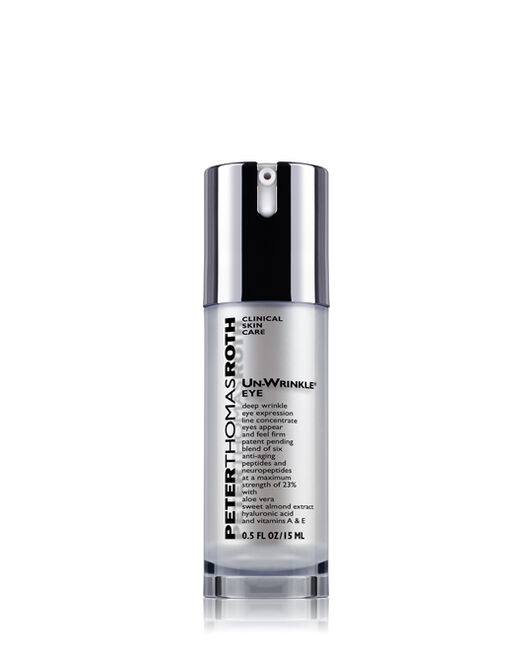Charcoal Clay Cleanser – 100% PURE
Deeply purifying facial cleanser minimizes oil and refreshes skin with detoxifying bamboo charcoal, pore minimizing activated charcoal, and skin purging clay.
For All Skin Types
Deeply purifying charcoal clay facial cleanser in a base of detoxifying, pore minimizing bamboo charcoal and skin purging clay.Washes away makeup and other impurities while refreshing skin and banishing excess oil, without stripping or dehydrating. Anti-bacterial essential oils of spearmint, lemongrass and skin brightening lemon water invigorate and give you a healthy, glowing complexion.
DIRECTIONS
Shake bottle. Squeeze half dollar-sized amount of detox face wash to wet konjac sponge, wet facial cleansing brush, or directly onto wet face and neck. Gently and thoroughly massage in circular motions. Rinse with warm water.
SIZE
2.7 fl oz / 80 ml
SOURCE
Made in United States
COMPLETE LIST OF INGREDIENTS:
Citrus Medica Limonum (Lemon) Water*, Glycerin*, Activated Charcoal Powder, Bamboo Charcoal Powder, Potassium Cocoate*, Citrus Limonium (Lemon) Extract*, Laminaria (Algae) Extract*, Black Brazilian Kaolin Clay, Lonicera Japonica (Japanese Honeysuckle) Flower Extract*, Cyamopsis Tetragonoloba (Guar) Gum*, Mentha Viridis (Spearmint) Leaf Oil*, Cymbopogon Schoenanthus (Lemongrass) Oil.* *Certified Organic
Natural ingredients may vary in color and consistency
Additional information
| SIZE | 2.7 fl oz / 80 ml |
|---|






by Jana
I love this gentle face wash. It takes off makeup easily and feels really fresh!
by Ashley
I love how this makes my face feel clean, but supple. Doesn’t dry out my skin.
by Anna
10/10 recommend this product, does exactly what it says. Here are my results.